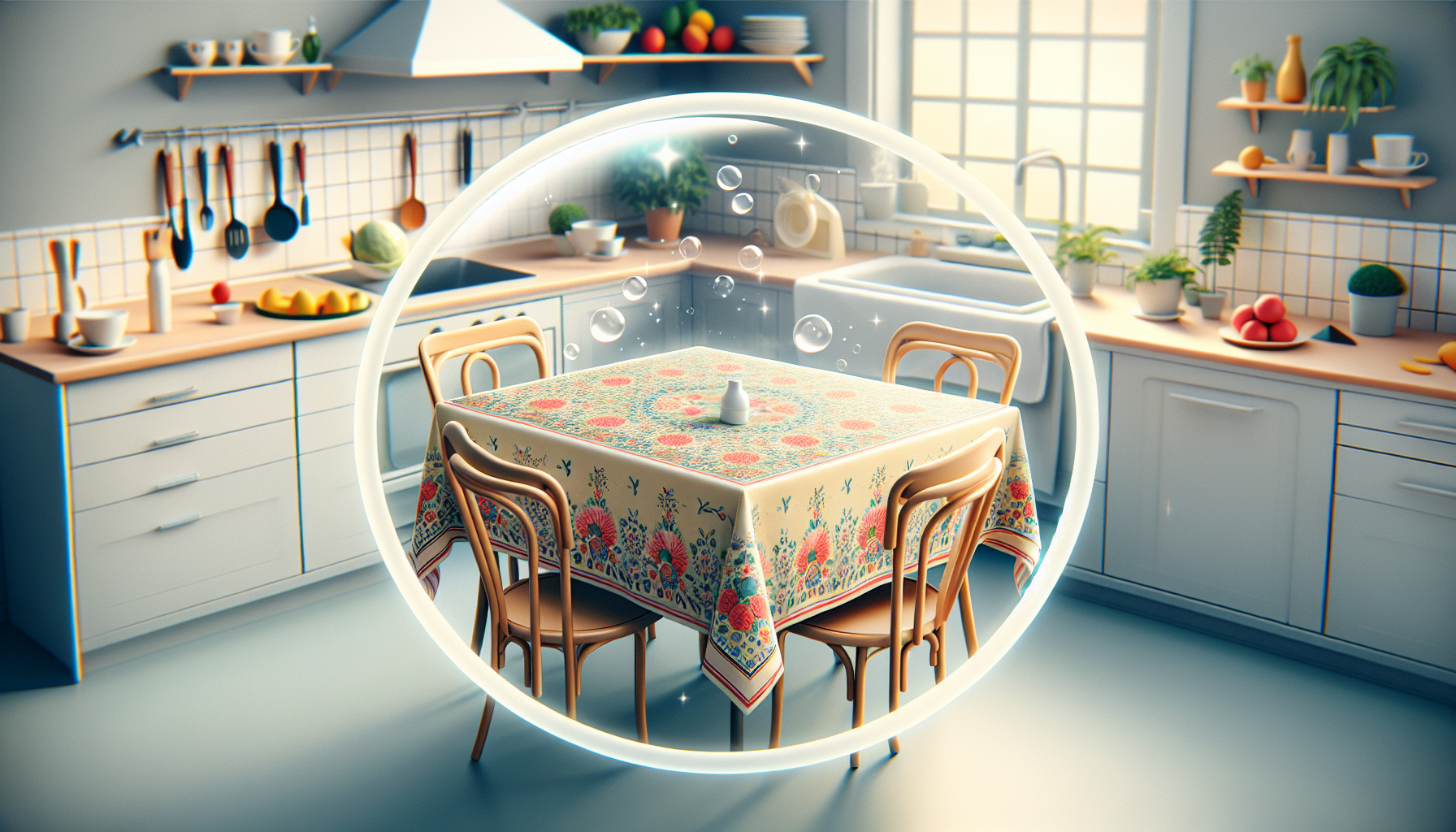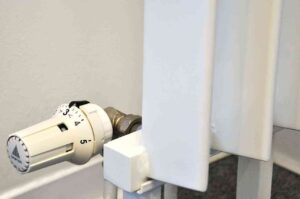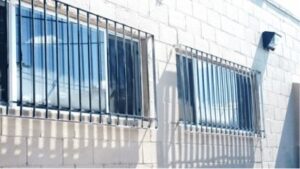The tablecloth is an increasingly common element in homes and restaurants, designed to protect table surfaces from stains and damage. This material, commonly made from PVC, is known for its durability and ease of cleaning, making it a popular choice not only for its functionality, but also for the variety of colors and patterns it offers, allowing users to personalize their spaces.
With daily use, it is common for tablecloths to accumulate dirt, stains, and germs. To keep a tablecloth in optimal conditions, it is essential to follow certain cleaning tips. A recommended practice is to clean the tablecloth with a damp, soapy cloth after each meal, which helps to remove residue that, if left to dry, can become difficult to remove stains.
It is crucial to avoid abrasive cleaning products, as these can damage the tablecloth’s surface and compromise its appearance. Instead, it is suggested to use mild cleaners with warm water for a deeper clean. For tough stains, a mixture of baking soda and water can be effective; simply apply gently with a cloth to the affected area.
For more thorough maintenance, it is recommended to carry out a deep cleaning at least once a month. This process may include soaking the tablecloth in soapy water, or the controlled use of diluted bleach, always ensuring to rinse well and dry the surface afterwards.
Although tablecloths are resilient, sources of extreme heat or prolonged direct sunlight should be avoided, as these conditions can deteriorate them more quickly. It is advisable to use tablecloths or trivets in places where high temperatures may be generated.
By following these simple tips, it is possible to prolong the life of the tablecloth, keeping it clean and aesthetically pleasing, and contributing to creating a more welcoming and orderly environment in both homes and workplaces.
Source: MiMub in Spanish











